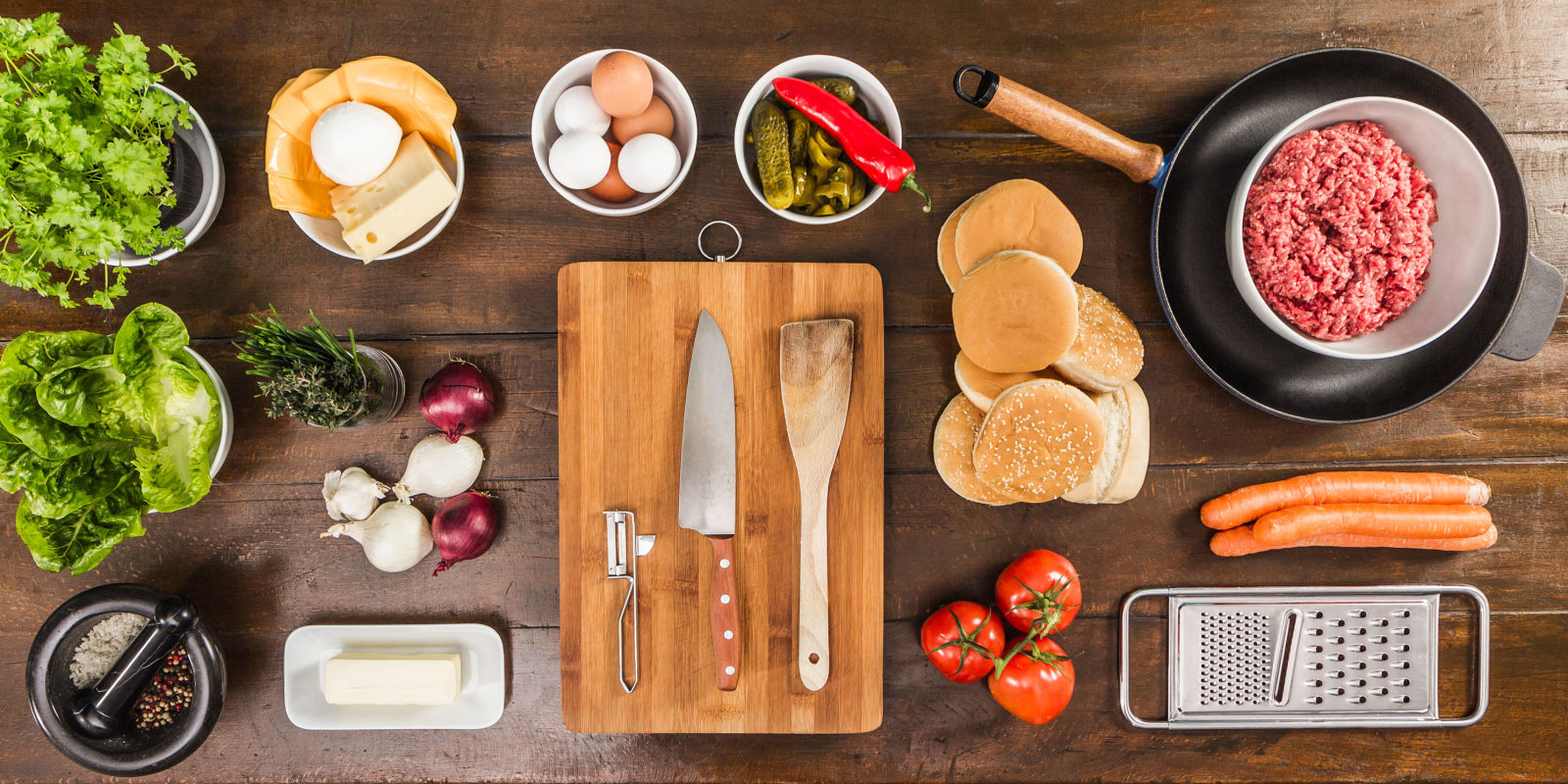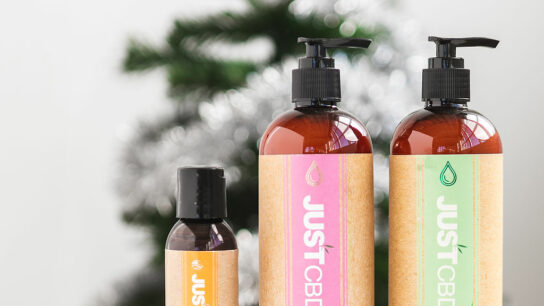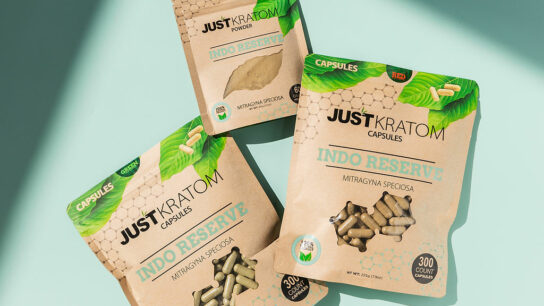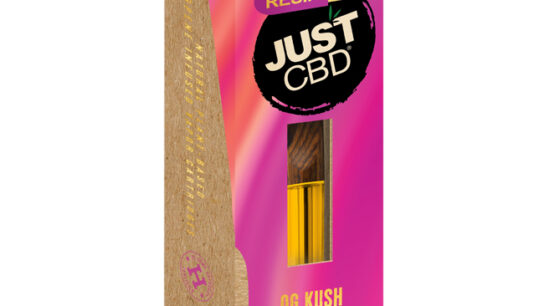Introduction
Cooking with CBD (cannabidiol) has gained significant attention in recent years as a growing number of people seek alternative ways to incorporate this cannabis-derived compound into their daily lives. CBD, known for its potential therapeutic properties and lack of psychoactive effects, has found its way into various culinary creations, from infused oils and baked goods to savory dishes and beverages. This comprehensive guide aims to explore the trend of cooking with CBD and answer the question: Is this a real culinary innovation or just a passing fad? We will delve into the science behind CBD, its potential benefits, legal considerations, cooking techniques, dosing guidelines, and considerations for both home cooks and professional chefs. By examining the evidence and understanding the nuances of cooking with CBD, readers can make informed decisions about its place in their culinary pursuits.
Understanding CBD
Before diving into cooking with CBD, it is essential to understand what CBD is and how it interacts with the body. CBD is one of many cannabinoids found in the cannabis plant. Unlike its psychoactive counterpart THC (tetrahydrocannabinol), CBD does not produce a “high” effect. Instead, it is believed to have potential therapeutic properties, including anti-inflammatory, analgesic, and anxiolytic effects. CBD interacts with the body’s endocannabinoid system, which plays a role in regulating various physiological processes.
Potential Benefits of CBD
CBD has garnered attention for its potential health benefits, which may extend to culinary applications. While more research is needed to fully understand its effects, preliminary studies suggest that CBD may help with pain management, reduce anxiety and stress, improve sleep, and alleviate symptoms associated with certain medical conditions. When used in cooking, CBD may offer a unique way to incorporate these potential benefits into one’s diet.
Legal Considerations
The legal landscape surrounding CBD varies across different countries and regions. In some places, CBD derived from hemp with low levels of THC is legal, while in others, strict regulations govern its use. It is crucial to familiarize yourself with the laws and regulations in your specific jurisdiction before cooking with CBD. This includes understanding sourcing requirements, product labeling, and potential restrictions on THC content.
Choosing and Using CBD for Cooking
When selecting CBD products for cooking, it is important to choose high-quality, reputable brands that provide transparent information about their sourcing, extraction methods, and third-party testing. CBD is available in various forms, including oils, tinctures, isolates, and powders. Each form has different characteristics, and the choice depends on personal preference and the desired culinary outcome. Understanding proper dosing and storage guidelines is also crucial to maintain the integrity and effectiveness of CBD in culinary creations.
Culinary Techniques and Recipes
Cooking with CBD requires thoughtful consideration and proper techniques to ensure optimal flavor and effectiveness. CBD is sensitive to heat, so it is generally recommended to avoid high-temperature cooking methods. Incorporating CBD into recipes typically involves adding it to oils, dressings, sauces, baked goods, or beverages. Balancing the flavors of CBD with other ingredients is important to create a harmonious taste profile. Experimenting with different recipes and dosage levels can help home cooks and chefs find the right balance and achieve desired results.
Dosing Guidelines and Safety
Determining the appropriate CBD dosage for cooking can be challenging, as individual responses to CBD can vary. Start with a low dosage and gradually increase it while observing the effects. It is advisable to consult with a healthcare professional experienced in CBD use, especially if you have any underlying health conditions or take medications. Additionally, being aware of potential side effects and recognizing signs of overconsumption is crucial for a safe and enjoyable culinary experience.
Separating the Real from the Fad
The popularity of cooking with CBD has led to a proliferation of CBD-infused products and recipes. While some see it as a culinary innovation, others may dismiss it as a passing fad. The longevity of cooking with CBD will depend on continued research, consumer demand, and the evolution of legal frameworks. Staying informed, exploring reliable sources, and critically evaluating the evidence will help separate genuine culinary advancements from mere trends.
Conclusion
Cooking with CBD presents a unique opportunity to explore the potential benefits of this cannabinoid in the culinary realm. While more research is needed to fully understand its effects and optimize its culinary applications, CBD offers an alternative way to incorporate potential therapeutic properties into cooking and baking. As with any emerging trend, it is essential to approach cooking with CBD with knowledge, responsibility, and an open mind. By understanding the science, considering legal aspects, practicing proper dosing and cooking techniques, and recognizing individual preferences, cooking with CBD can be an exciting and rewarding culinary experience.
- Cooking With CBD? Is This Real or Just A Fad? - July 6, 2023




